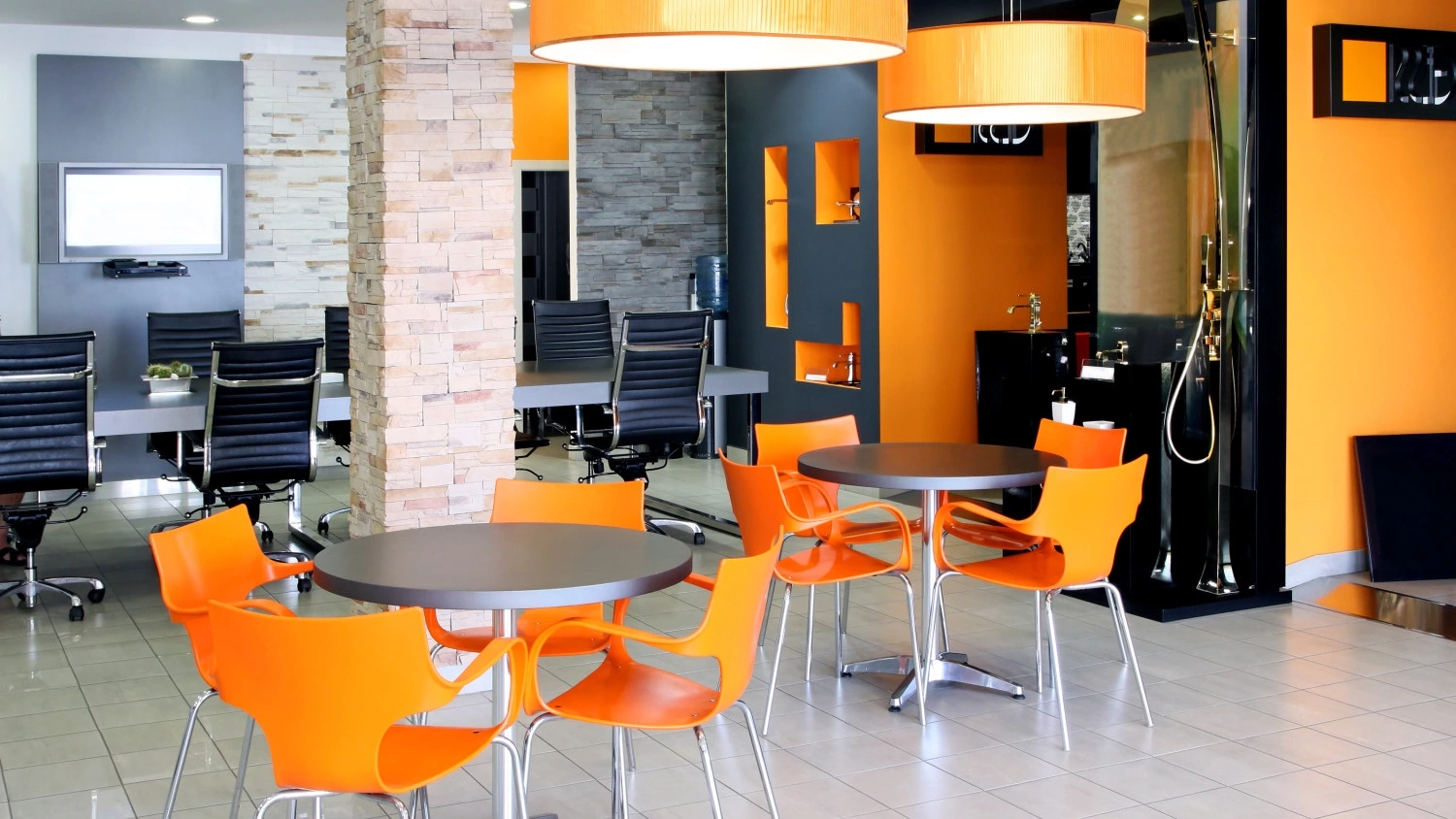
Real estate decision-making and people-centric strategies are becoming more integrated, according to CBRE’s 2023 European Occupier Survey. For the first time, CBRE carried out the same survey for global companies having an operation in CEE to point out major differences in workplace culture across the various geographies.
Companies are still shaping their post-pandemic office policies: half of the companies surveyed stated that their office usage has not settled yet and is expected to increase over time. The vast majority of the companies in CEE (76%) are expecting their new office strategy to be finalized within the next 12 months to go, distinctively earlier than companies in the whole of Europe.
The survey showed clearly that the desired position for companies is to have employees split their time between office and remote locations, with a slight office advantage. Two-thirds of the companies already have some office policies in place: full-time office and entirely remote solutions are very rare. The typical weekly office show-up rate in CEE is currently between 26 and 60%, however for over half of the surveyed companies this is not a settled pattern. The hybrid model typically means 2 or 3 days of office presence for 77% of the surveyed companies.
The need for new ways of working was also demonstrated at an employee level, with more than half of respondents stating that they engage employees via surveys and focus groups when making major decisions relating to the workplace. Respondents were also asked what actions they had taken to implement these change strategies. New ways of working are being actively supported by the companies (60%), followed by a focus on the collaboration space offered (47%).
This evolving workstyle has directly influenced the design of the office, resulting in a significant shift in the mix of working environments. The research showed that 76% of occupiers have reduced the number of dedicated or assigned seating, whilst the same share of the survey respondents 76% have increased the amount of space for activity-based work, placing greater emphasis on collaborative working.
Employee preferences have also impacted building-selection criteria. When selecting locations, access to public transport ranks as a top priority in most markets – slightly more so in CEE. While car parking is still dominant in location selection, “ease of commute” factors such as electric vehicle (EV) charging points (52%) and bike or scooter storage (38%) are also becoming more relevant – in line with the growing requirement for sustainable solutions. Sustainability (58%) and availability of on-site food & beverage (60%) influence location choice for most companies. Access to various amenities including shared meeting space, fitness and wellness facilities and flexible space were also identified as important considerations. When asked about portfolio optimisation strategies, 58% of occupiers said that they have reduced their portfolio size in the past three years across Europe – but only 42% in CEE. This rationalization was primarily driven by the evolution of hybrid working.
“Portfolio strategy is aimed at consolidation, rationalisation, or cost management; however, also many occupiers moved towards enhancing the quality profile of their portfolio. Over 60% of companies are exercising lease expiries, breaks, or other contraction options; or they are renewing at their current location - assuming it does fit for the purpose” explained Łukasz Kałędkiewicz Senior Director, Head of Office Sector CEE. “Almost half of the companies surveyed are relocating into better quality space for at least some of their functions, and a further 23% are exploring the possibilities for doing so, which creates more dynamics on the market in coming years.”
“The Office market is certainly moving more and more towards flexible solutions,” added David M Johnston MRICS, Senior Director, Head of CEE Office Occupier Business Development. “Some occupiers are prepared to consider higher allocations of flex space than in the past and they also have different expectations towards the standard office. Companies are striving to provide more fluid seating arrangements, which is part of the evolution of hybrid work strategies, plus the need to devote more space to collaborative functions. Higher desk sharing ratios are worth evaluating, as are the technologies needed to support the transition towards new workstyles.”



